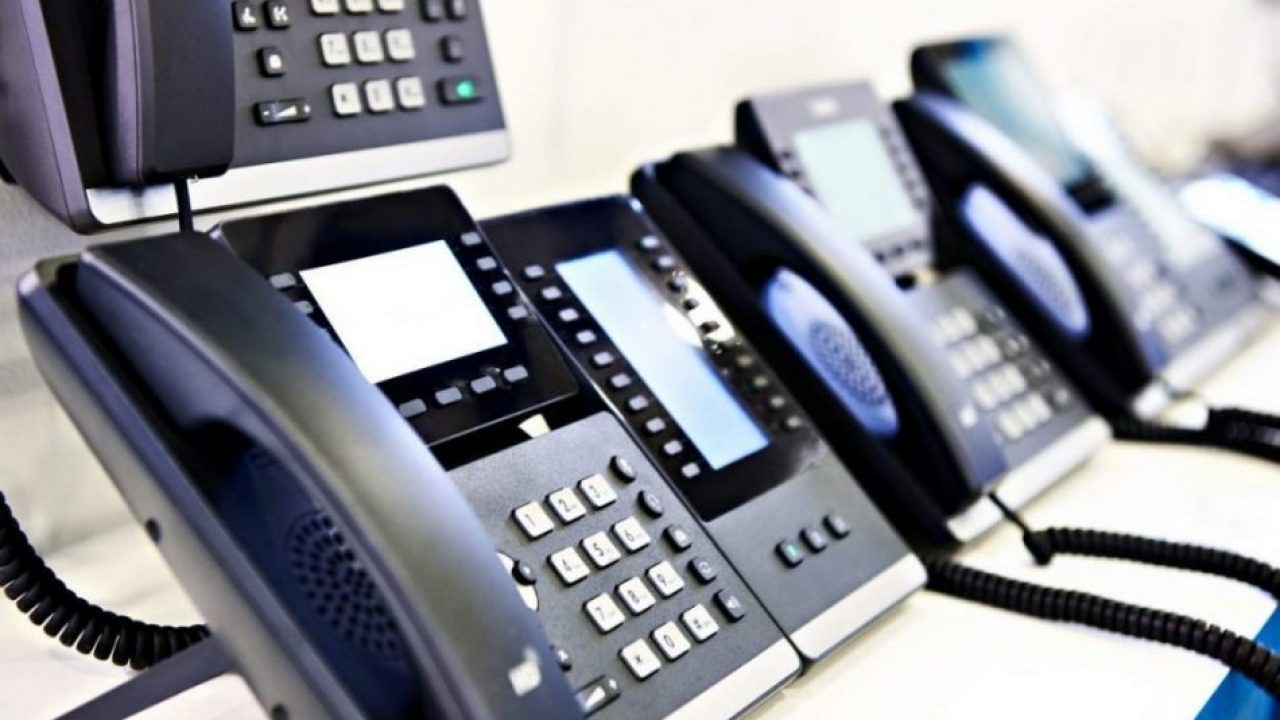What is voice and data communication?
The modern business landscape demands innovation and that is exactly what digital communication provides. But it’s crucial that you have the correct data systems and upgrades in place. And, as we start returning to offices following Covid-19, we are going to rely on digital communications more than ever before. Therefore, it’s the perfect time to get to grips with voice and data cabling Westminster systems and plan for the future.

The Importance of VoIP Systems
Voice over Internet Protocol (VoIP) has been one of the most important developments in digital communication systems. Traditionally, voice communications were transmitted along phone lines and through circuit-switched networks. But VoIP updates this model for the 21 century. By digitizing analog voice signals, VoIP is able to package these as digital ‘packets’ which can be transmitted over the internet. This transmission can be facilitated by both WiFi and mobile networks making it highly flexible in terms of usage. And, as all it requires is an internet connection, VoIP is significantly cheaper than hardware-heavy landline systems.
What is the difference between voice and data?
The major difference between voice and data traffic is that data stream packets generally do not have to arrive in sequence and can be re-sent if they are dropped. In voice, communication, the whole message must travel as one continuous package since it only makes sense in a contiguous stream. Communication is the key to success in business, but how can you enhance it? The answer lies within data cabling. These cables – which include Cat5, Cat6, and fibre – are used to transmit digital signals from point A to point B. It’s a simple concept, but one which can make a huge difference to the speed and quality of your communications. Modern developments in cabling have strengthened this even further with structured cabling, a network cabling London that supports multiple devices and minimizes complexity. Maintenance concerns are reduced and cost savings will soon mount up. These savings can then be invested in other areas of the business to foster further growth.
Data Networks Changing Landscape
The business landscape, post-COVID-19, is going to look very different. For one thing, the need for social distance and reduce face-to-face meetings is going to radically change the way we communicate. These changes could manifest themselves in the form of telephone moves as you reposition workstations and installation of new power points.
More importantly, however, is the impact of sta numbers. The economic hit of Covid-19 means that sta numbers are likely to fall in many businesses. But this will not be forever. Your business will, in time, start to experience growth. And, to take advantage of this growth and remain competitive, you need to respond quickly. That’s why refurbing your office now is the perfect opportunity to strengthen your future with scalability. As you take more people on, you will need to guarantee they can utilize world-class communications immediately to drive your business onwards.
Voice & Data Final Thoughts
Digital communications provide the heartbeat of all businesses in the modern age. Accordingly, you need to ensure that your company embraces the services that are available. By installing VoIP systems and underpinning this with structured cabling you can get a head-start on your competition. Not only will this combination provide you with cutting edge communications, but it will also allow you to future proof your business.
Original Source: Voice and Data Cabling in Digital Communication